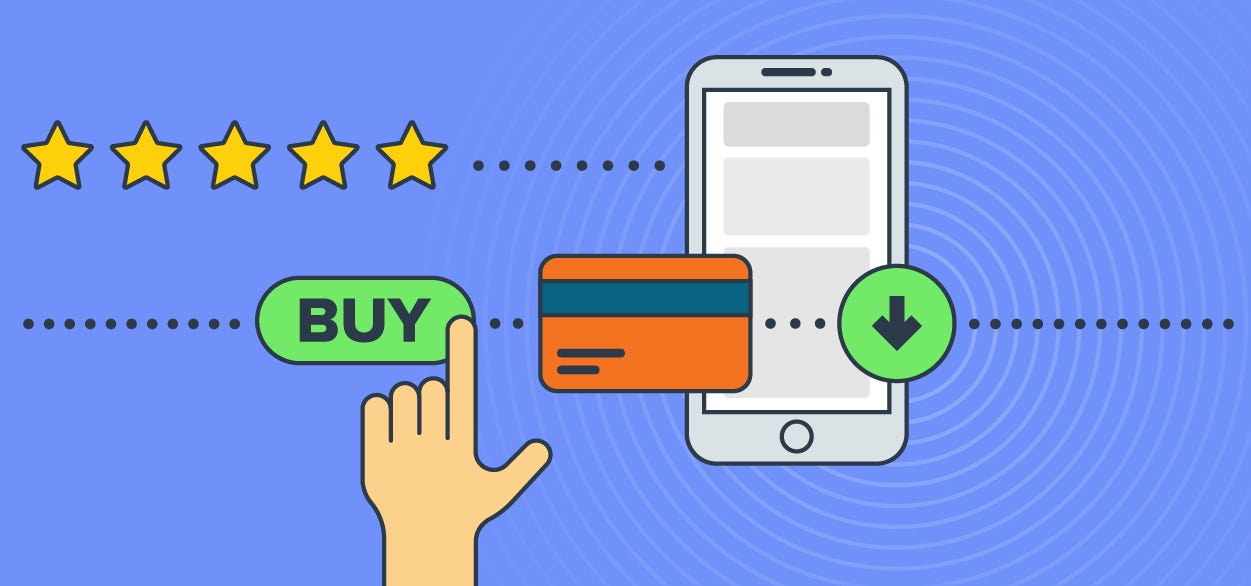In-app purchases (IAPs) have become a cornerstone of the mobile app economy, offering a direct route to monetization and enhanced user engagement. Whether you’re building a game, a productivity app, or a content subscription service, IAPs can unlock significant revenue streams. However, implementing them effectively requires careful planning, technical expertise, and a deep understanding of user psychology.
This comprehensive guide will walk you through the process of implementing in-app purchases, covering everything from initial planning to testing and deployment.
1. Defining Your IAP Strategy: What to Offer and Why
Before diving into code, you need a solid strategy. Consider these key questions:
- What types of IAPs will you offer?
- Consumables: Items that can be purchased multiple times and used up (e.g., in-game currency, extra lives).
- Non-Consumables: Items purchased once and permanently unlocked (e.g., premium features, ad removal).
- Subscriptions: Recurring purchases that grant access to content or services for a specific period (e.g., monthly magazine subscription, cloud storage).
- What value do these IAPs provide to the user?
- Ensure your IAPs enhance the user experience, rather than feeling like a paywall.
- Offer clear value propositions for each purchase.
- How will you price your IAPs?
- Research competitor pricing and consider your target audience’s spending habits.
- Use psychological pricing techniques (e.g., $4.99 instead of $5.00).
- Consider regional pricing differences.
- How will you present your IAPs to users?
- Design clear and compelling in-app storefronts.
- Use persuasive language and visuals.
- Consider offering introductory discounts or free trials.
2. Choosing Your IAP Implementation Platform
The platform you choose will depend on your app’s target operating systems:
- iOS (App Store Connect):
- Apple’s official platform for managing IAPs.
- Requires integration with StoreKit.
- Offers robust features for managing subscriptions and promotions.
- Android (Google Play Billing Library):
- Google’s platform for managing IAPs on Android devices.
- Requires integration with the Google Play Billing Library.
- Provides tools for managing subscriptions, promotions, and deferred payments.
- Cross-Platform Solutions:
- If you’re using a cross-platform framework like Unity or React Native, consider using platform-specific plugins or libraries that abstract away the underlying platform APIs.
- Many plugins abstract the differences between the Google play store, and the apple app store. This can greatly speed up development.
3. Implementing the IAP Flow: A Step-by-Step Guide
The basic IAP flow involves the following steps:
- Retrieve Product Information:
- Fetch the list of available IAPs from the respective platform’s servers.
- Display product names, descriptions, and prices to the user.
- Initiate Purchase:
- When the user selects an IAP, initiate the purchase process.
- The platform will handle payment processing and authentication.
- Verify Purchase:
- Crucially, verify the purchase receipt on your server. This prevents fraudulent purchases and ensures data integrity.
- Use the platform’s server-side verification APIs to validate the receipt.
- Deliver Content:
- If the purchase is valid, grant the user access to the purchased content or features.
- Update the user’s account or game state accordingly.
- Handle Errors:
- Implement robust error handling to gracefully handle purchase failures, network issues, and other potential problems.
- Provide clear error messages to the user.
- Restore Purchases:
- Allow users to restore their non-consumable purchases and subscriptions across multiple devices.
- This is a critical feature for user satisfaction.
4. Server-Side Verification: The Key to Security
Server-side verification is essential for preventing fraud and ensuring the integrity of your IAP system.
- Why is it important?
- Client-side verification can be easily bypassed by malicious users.
- Server-side verification provides a secure and reliable way to validate purchase receipts.
- How to implement it:
- Use the platform’s server-side verification APIs to validate purchase receipts.
- Store purchase information in your server’s database.
- Implement security measures to protect your server from unauthorized access.
- Subscription Verification:
- For subscriptions, you must regularly verify the subscription status with the app store servers.
- This will allow you to know if a subscription is still active, expired, or cancelled.
5. Testing and Debugging Your IAP Implementation
Thorough testing is crucial to ensure a smooth and reliable IAP experience.
- Sandbox Environments:
- Use the platform’s sandbox environments to test your IAP implementation without making real purchases.
- This allows you to simulate various purchase scenarios and error conditions.
- Test Users:
- Create test users with different purchase histories and subscription statuses.
- Test the restore purchase functionality thoroughly.
- Error Logging:
- Implement comprehensive error logging to track and debug any issues that arise during testing.
- Real-World Testing:
- Once you have completed sandbox testing, do beta testing with real users. This will show how the system preforms in a real world environment.
6. User Experience and Best Practices
- Transparency:
- Clearly communicate the cost and benefits of each IAP.
- Avoid misleading or deceptive practices.
- Simplicity:
- Make the purchase process as simple and intuitive as possible.
- Minimize the number of steps required to complete a purchase.
- Customer Support:
- Provide clear and accessible customer support for IAP-related issues.
- Respond promptly to user inquiries and resolve any problems quickly.
- Promotions and Discounts:
- Offer promotions and discounts to incentivize purchases.
- Use targeted promotions to reach specific user segments.
- A/B Testing:
- Test different pricing strategies, product descriptions, and storefront designs to optimize your IAP performance.
- Respect User Privacy:
- Handle user data responsibly and comply with all applicable privacy regulations.
- Stay Updated:
- The world of IAP is constantly evolving. Stay up to date on the latest platform updates and best practices.
Conclusion
Implementing in-app purchases can be a complex process, but the potential rewards are significant. By following these guidelines and best practices, you can create a robust and profitable IAP system that enhances your app’s user experience and drives revenue growth. Remember to prioritize user experience, security, and thorough testing to ensure a successful implementation.
If you are looking for reliable mobile app development company in Sydney for your in app purchases implementation , feel free to contact us.


